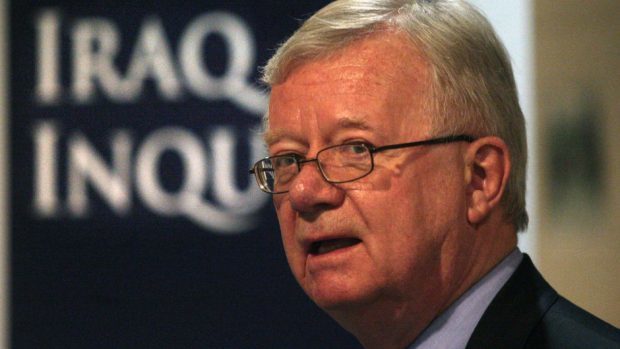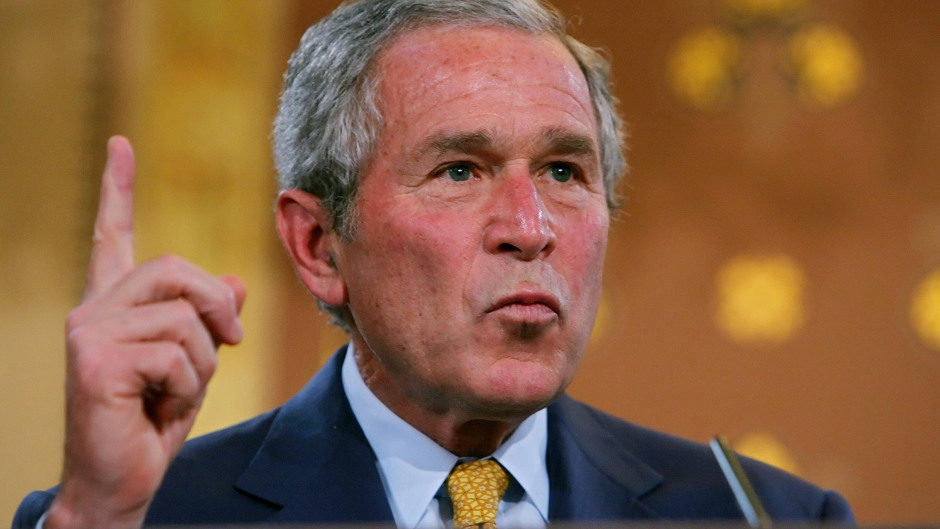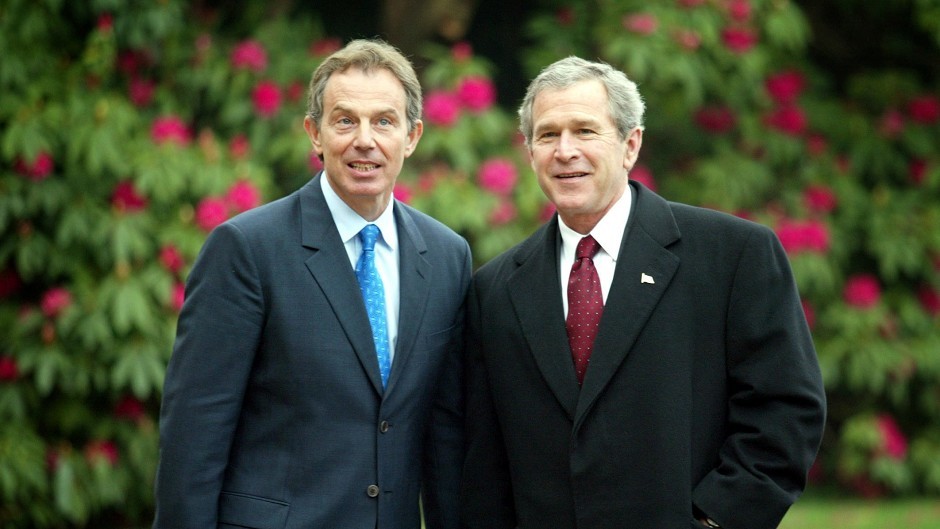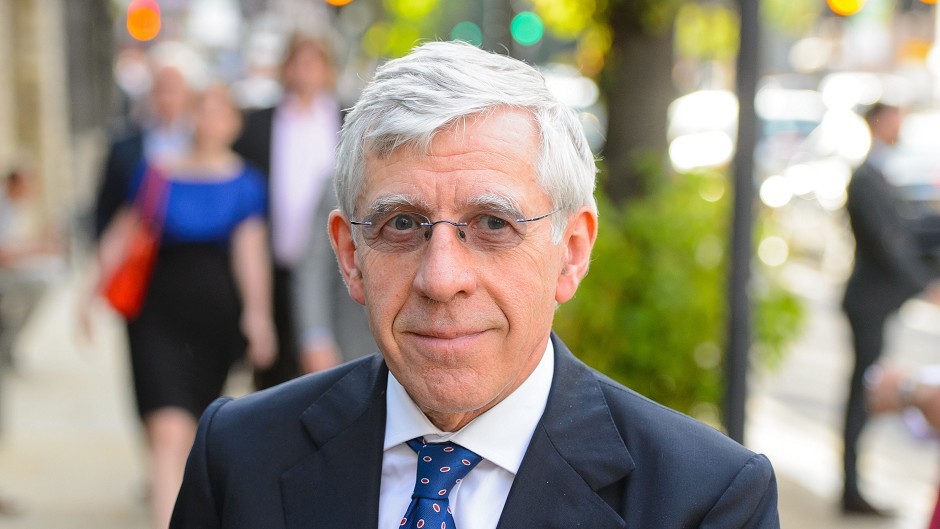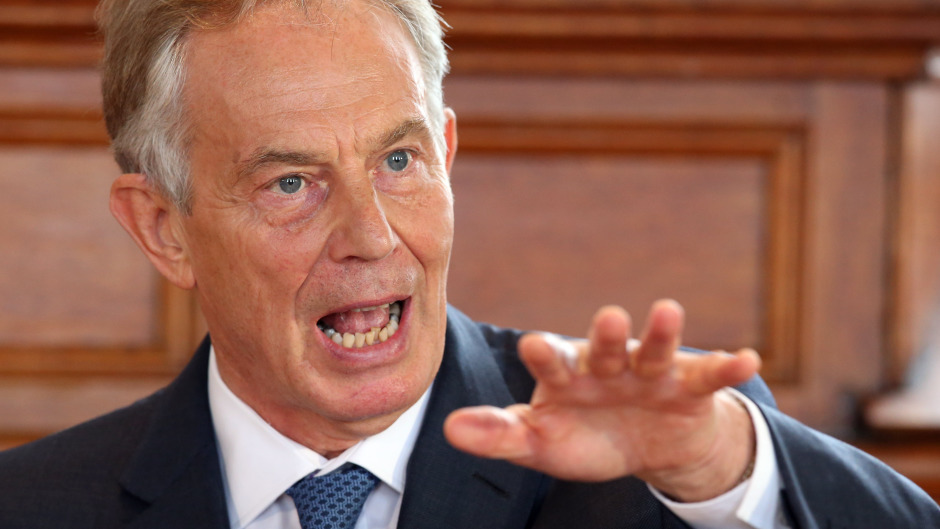It’s been seven years – and £10million – in the making but today the Chilcot report has finally been published.
With predictions on the report ranging anywhere from a damp squib to the definitive evidence that triggers the indictment of former Prime Minister Tony Blair, the report will undoubtedly become a piece of UK political history.
So what is it all about? Here is everything you need to know about the report….
–
How did it come about?
In 2003, a US-led coalition invaded Iraq and toppled the regime of leader Saddam Hussein. The invasion began in March that year, with Hussein being captured by December.
Britain’s involvement in the war was hugely contentious, with many MPs, including from the governing Labour party, voting against military action. A huge number of people also marched on Westminster to protest the war.
Following intense public pressure, in 2009, the then-prime minister Gordon Brown announced that an independent inquiry would be launched in order to learn lessons from the Iraq war.
The report today also looks at the failure to implement a concrete plan in the aftermath of the downfall of Hussein’s regime and whether the UK could have been better prepared for this period.
READ THE FULL STORY: Chilcot inquiry: Flawed intelligence, a damning attack and the unconditional promise
–
Why has it taken so long?
The inquiry took its final evidence in 2011 and many have been critical of how long it has taken to release the inquiry’s findings.
The report dissects a vast amount of information – it totals 2.6 million words.
One main reason for the delays was talks over what sensitive communications between Tony Blair and George Bush would be included.
But it was also delayed due to ‘Maxwellisation’ rules which say people scrutinised in a report must have a chance to respond.
–
Who is involved?
- Tony Blair: British prime minister at the time of the invasion, Blair persuaded parliament that the war in Iraq was necessary. Some have suggested that if the report shows he mislead parliament, he could potentially be tried for war crimes.
- George Bush: The US president pushed for conflict in Iraq. Many believe that Blair had given him a cast-iron guarantee that he would support him before the invasion began.
- Sir John Chilcot: The man in charge of the inquiry. He has been criticised over the length of time the report has taken but Chilcot has said the panel underestimated the “unprecedented scope” of its inquiry.
- Alastair Campbell: Campbell was seen as Blair’s ‘spin doctor’ and has been accused of “sexing up” a crucial dossier that made the case for war.
- Geoff Hoon: The former defence secretary told the inquiry that the first time he knew about the government’s claim that weapons of mass destruction (WMDs) could be deployed in 45 minutes was when he read it in the aforementioned dossier.
- Richard Dearlove: The former MI6 chief at the time of the invasion has been accused by MPs of allowing Blair’s administration to put a positive gloss on the intelligence his agencies were providing.
- Jack Straw: Former foreign secretary who had previously told MPs that the United Nations felt there was a threat from WMDs in Iraq.
–
What will it mean for those involved?
The report has revealed flaws in post-invasion planning, including a failure to increase security to prevent sectarian violence, and the assumption the country’s economy could quickly recover from a conflict if its oil fields weren’t burned.
Prosecutors will search through the findings of the report to find evidence against British soldiers – but will not act against former Prime Minster Tony Blair.
The International Criminal Court in the Hague said the ex-PM’s decision to take the UK to war in Iraq in 2003 “falls outside the Court’s jurisdiction”.
–
Social media reaction
With just minutes since the release of Sir John Chilcot’s long-awaited report into the Iraq war, the hashtag #Chilcot is already one of the top trends on Twitter in the United Kingdom.
A host of MPs were tweeting in anticipation of the publication, which many expect to be critical of Tony Blair – prime minister at the time of the 2003 invasion.
Scotland’s First Minister Nicola Sturgeon tweeted: “Ahead of the #ChilcotReport, we should remember all our soldiers and the Iraqi civilians who lost their lives in this disastrous war.”
Ahead of the #ChilcotReport, we should remember all our soldiers and the Iraqi civilians who lost their lives in this disastrous war.
— Nicola Sturgeon (@NicolaSturgeon) July 6, 2016
Green Party MP Caroline Lucas, who is reading the report before its release, shared a similar sentiment: “Amid all the noise today let us not forget the many thousands of Iraqi civilians and 179 British troops killed by the Iraq War. £Chilcot.”
Amid all the noise today let us not forget the many thousands of Iraqi civilians and 179 British troops killed by the Iraq War. #Chilcot
— Caroline Lucas (@CarolineLucas) July 6, 2016
Labour MP Gavin Shuker described the war as a “shameful disaster” that was “our generation’s Suez”, adding: “Let’s learn from Chilcot today, not use it to fight a proxy war.”
Iraq was a shameful disaster; countless dead from our generation’s Suez. Let’s *learn* from Chilcot today, not use it to fight a proxy war.
— Gavin Shuker (@gavinshuker) July 6, 2016
